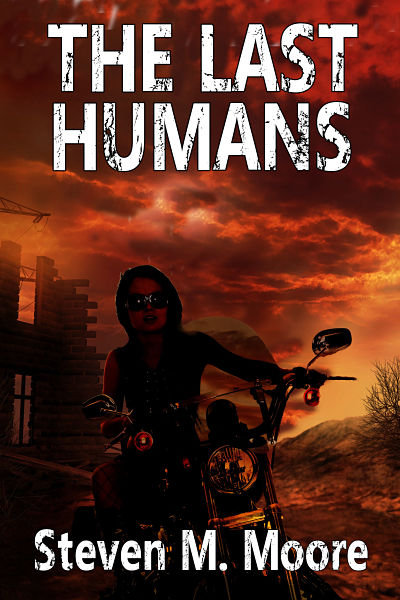Do an author’s political views make a difference?
Tuesday, July 23rd, 2013Sci-fi writer Orson Scott Card is the new casualty in the cultural wars that roil across our country. For those readers who don’t know him, he is the author of Ender’s Game, now considered by many to be a sci-fi classic. It’s the story about a special boy who is trained to manage flotillas of starships in a war against ETs that are more hive-like than human. The movie is scheduled for release in November, and therein lies the problem: gay groups are calling for its boycott. Mr. Card, a Mormon, has a long history of being against homosexuality and same-sex marriage—hence the question in the title of this post.
I often ask myself this question about my own work. In the latest installment in the “Detectives Chen and Castilblanco Series,” Teeter-Totter between Lust and Murder, one of the themes is Castilblanco’s anti-gun views. I wrote most of this before the Newtown Massacre in Connecticut because my anti-gun views were well developed much earlier, starting with the Kennedy, King, and Lennon assassinations, and the attempted assassination of Reagan.
